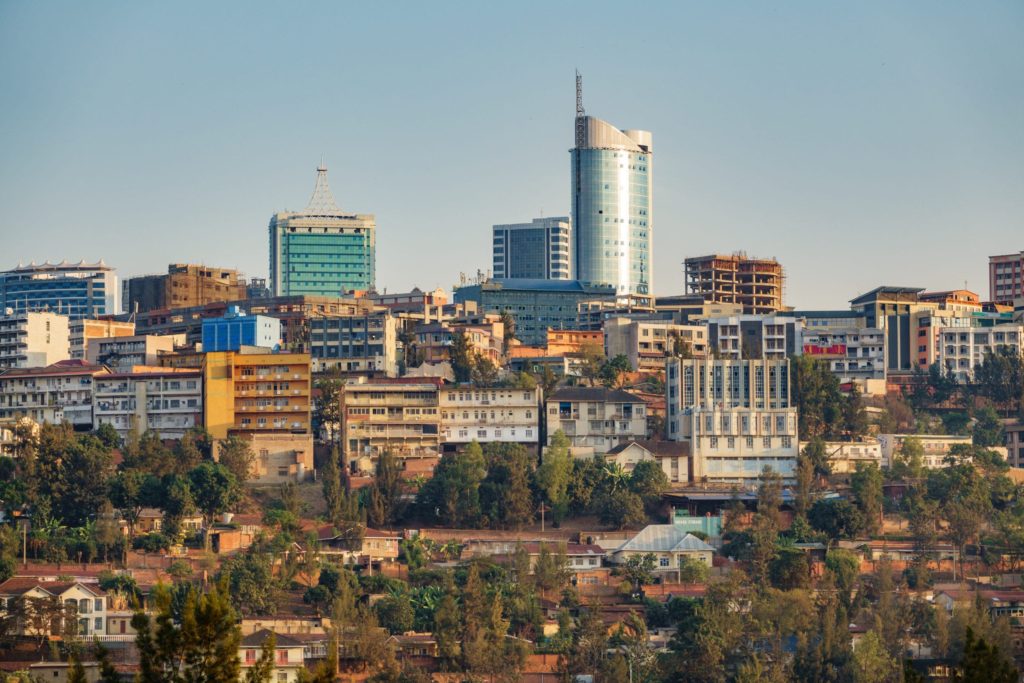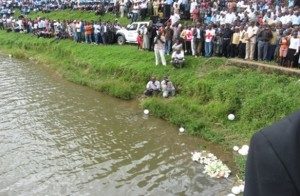
In the lead up to the publication of the new Strategic Plan of Survivors Fund (SURF) for 2021 to 2023, we will be publishing several posts to provide more context of our work – and implications for the the survivors of the genocide against the Tutsi in Rwanda which we support.
Economy
The economy of Rwanda has undergone rapid industrialisation due to a successful governmental policy. Since the early-2000s, Rwanda has witnessed an economic boom improving the living standards of many Rwandans. The Government’s progressive vision has been the catalyst for the fast transforming economy. President Kagame has noted his ambition to make Rwanda the “Singapore of Africa”.
Today, Rwanda is a rural, agrarian country with agriculture accounting for about 63% of export earnings, and with some mineral and agro-processing. Tourism, minerals, coffee, and tea are Rwanda’s main sources of foreign exchange. Despite Rwanda’s fertile ecosystem, food production often does not keep pace with demand, requiring food imports. Energy shortages, instability in neighbouring states, and lack of adequate transportation linkages to other countries continue to handicap private sector growth.
The genocide decimated Rwanda’s fragile economic base, severely impoverished the population, particularly women, and temporarily stalled the country’s ability to attract private and external investment. However, Rwanda has made substantial progress in stabilising and rehabilitating its economy well beyond pre-1994 levels.
The government has embraced an expansionary fiscal policy to reduce poverty by improving education, infrastructure, and foreign and domestic investment. Rwanda consistently ranks well for ease of doing business and transparency.
Rwanda now aspires to reach Middle Income Country (MIC) status by 2035 and High-Income Country (HIC) status by 2050. This aspiration will be carried out through a series of seven-year National Strategies for Transformation (NST1), underpinned by detailed sectoral strategies that are aimed toward achievement of the Sustainable Development Goals.
The NST1 came after the implementation of two, five-year Economic Development and Poverty Reduction Strategies—EDPRS (2008-12) and EDPRS-2 (2013-18), under which Rwanda experienced robust economic and social performances. Growth averaged 7.5% over the decade to 2018, while per capita growth domestic product (GDP) grew at 5% annually and inflation has been reduced to single digits.
Implication for survivors and related vulnerable groups: The issue of youth unemployment is particularly acute for young survivors (and second-generation survivors) due to the lack of contacts and collateral that they can access. Despite many survivors having had the opportunity to complete their secondary education through support from FARG, many do not have the skills to secure employment. Despite the focus on transitioning Rwanda from an agriculture-based to a knowledge-based economy, many of this group – as well as older widows – remain excluded from the job market and continue to rely on agriculture for their livelihoods.

